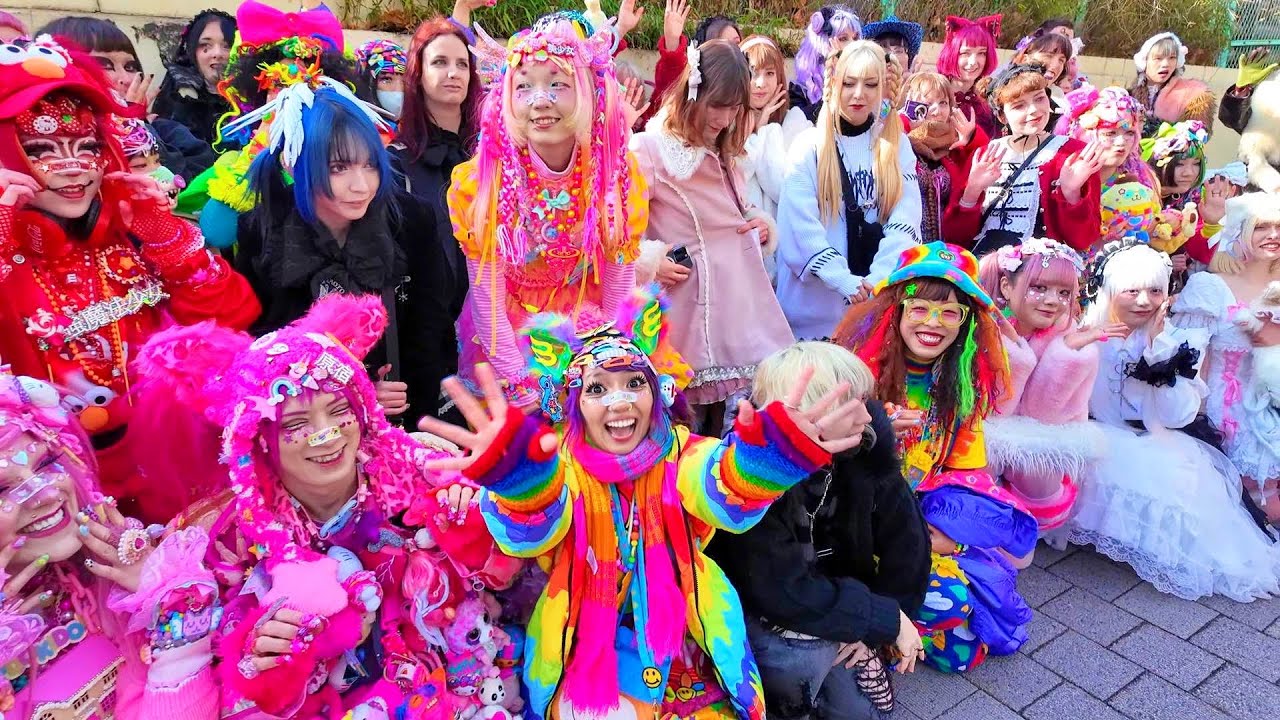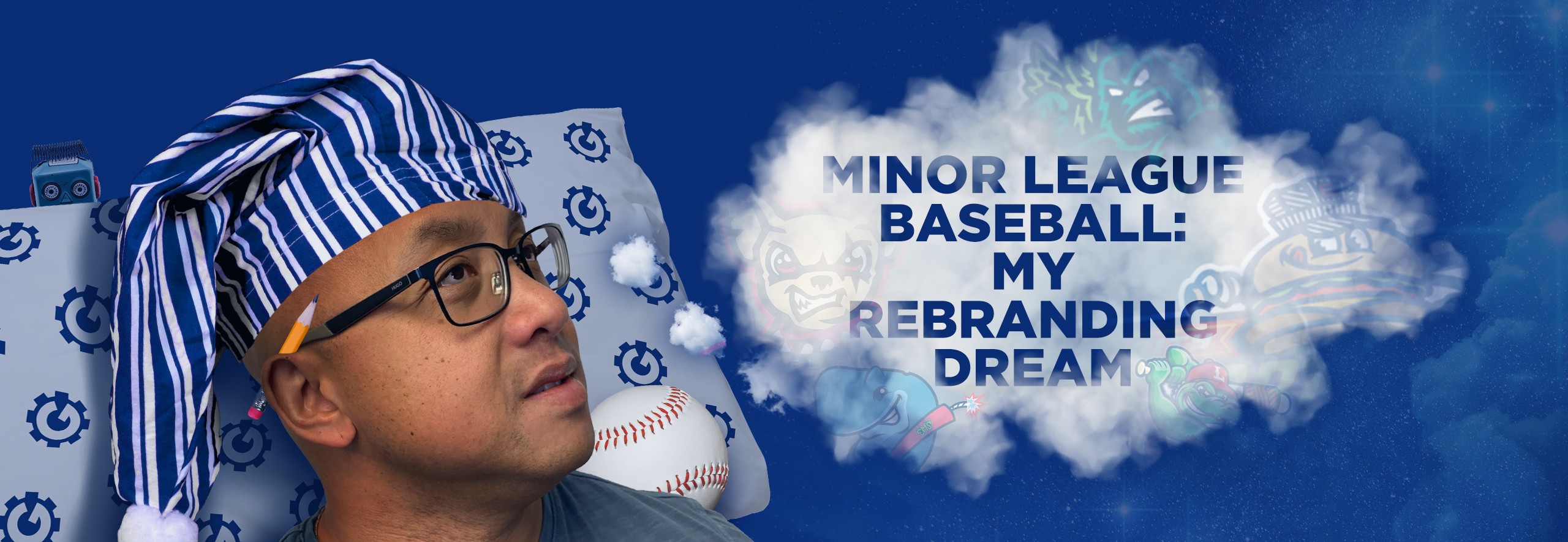My Love Affair with Big, Bold Design
A couple weeks ago, I took a much-needed weekend trip to Toronto. For me, there is nothing more refreshing and inspiring than being surrounded by tall scenery, pine trees and skyscrapers alike.
But buildings and people come with cool design and fashion.

I’ve always been drawn to design that makes a statement—something unapologetic, raw, and bursting with personality. That’s why when I first stumbled upon neo-brutalism and maximalism, it felt like discovering two sides of the same electrifying coin. One is stark, raw, and rebellious; the other is lavish, chaotic, and unafraid of excess. And honestly? I’m obsessed with both (also anything Japanese). I suspect my unending infatuation with the kitsch of Japan’s Harajuku district fashion against the backdrop of massive, decorated buildings has everything to do with it. Going to Toronto is as close as I’ve come to it and it’s only four hours away from Windsor.
Neo-Brutalism: The Beauty in the Raw
Neo-Brutalism is like that friend who says exactly what they think—no sugarcoating, no frills. I’m grateful for friends like these (I struggle with nuance unless it’s details in a painting I’m working on). Neo-brutalism’s older sibling, brutalism, is a design movement that embraces raw, unfiltered aesthetics: harsh grids, bold typography, stark contrasts, and a deliberate rejection of polish. Neo-brutalism just likes to borrow makeup, adding unexpected colours and bold contrasts with a modern flair. I’ll never forget the project advice of a creative director I looked up to during my internship days in Toronto: “Get rid of the border and the layer styles; reduce. Omit the things that don’t help tell the story.” The future must have heard my trendsetting superior, too; a couple years later came the minimalist flat design trend of the 2010s.
Flash forward to 2025. I came across a directory of neo-brutalist websites, and was awestruck by its almost aggressive simplicity. What did I see? Think:
- Unrefined, high-contrast colour schemes (black, white, neon, and maybe one jarring accent)
- Exposed design elements (like default browser buttons or raw HTML-style layouts)
- Heavy, in-your-face typography (big, bold, and often unevenly spaced)

At first glance, it might seem unfinished—a rebellious middle finger to the sleek, corporate minimalism we’re used to. But that’s the point. Neo-brutalism doesn’t care about being pretty at first. It cares about being honest, disruptive, and impossible to ignore, like me when I have a good point to argue.

Maximalism: More Is Never Enough
Now, I’m going to flip the script. If Neo-Brutalism is a punch to the face, maximalism is a firework explosion of textures, colours, and patterns—all competing for attention in the best way possible. My love of Harajuku was crafted over 25 years ago when I entranced myself with Japanese street fashion magazines, namely FRUiTS, Egg, and Koakuma Ageha. I couldn’t read the signage in photos or the copy, but to me it was all art melded together into an aesthetic of anything-goes. The same creative director who instilled upon me a need to deconstruct my fledgling designs stared dubiously at me when I remarked on my goal to one day study Japanese graphic design. “That’s a whole other world, Jess,” she replied with a head shake. Darn right it is. Maximalism covers the pedestrian layer of bustling cities like shining, autumn leaves on a forest floor.
Kitsch and eclectic as it is, I find the visual noise cohesively calming. I’ve always had a soft spot for maximalism because it’s the opposite of practicality and restraint. It’s layered, decadent, and unafraid of clutter. Think:
- Rich, saturated colours (clashing on purpose)
- Mixed patterns (stripes, florals, geometrics—why choose one?)
- Ornate typography (serifs, scripts, bold sans-serifs—all in one layout)
- Over-the-top textures (velvet, chrome, glitter, you name it)

Some people may call it chaotic. I call it liberating. In a world that constantly tells us to “simplify,” maximalism is a celebration of excess. It’s the design equivalent of wearing sequins to a grocery store—or if you’re like me, costumes and mismatched outfits to embrace Decora fashion during my college days. Yep, I did that.
Why I Love Both (And Why They Work Together)
At first glance, neo-brutalism and maximalism seem like polar opposites. One strips everything down; the other piles everything on. But here’s the thing—they both reject design norms in the most audacious ways.
- Neo-Brutalism says, “Here’s the bare bones—take it or leave it.”
- Maximalism says, “Here’s everything at once—try to look away.”
And when they collide? Magic. Imagine a brutalist layout with a maximalist colour palette—harsh grids drenched in neon gradients. Or a maximalist composition with brutalist typography—chaotic imagery paired with stark, bold text.
Final Thoughts: Design Without Apologies
What I love most about these styles is their fearlessness. They don’t ask for permission. They don’t follow trends—they set them.
So, if you’re tired of safe, soulless design, maybe it’s time to embrace the extremes. Go brutal. Go maximal. Or, like me, dance somewhere in between.
In the spirit of me writing about Harajuku, I’ll finish with the old Japanese proverb that sounds a bit brutalist to me: “the nail that sticks up gets hammered down.” Maybe the solid foundation of neo-brutalism gives opportunity for maximalism to blossom; a place to hang all that signage or a canvas for a mountain of paint. My personal proverb: “why fit in when you can stand out?“


